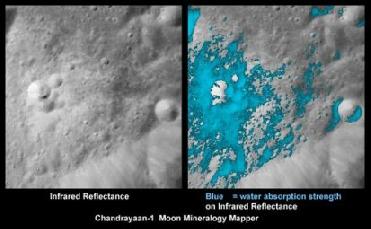
The images show a very young lunar crater on the side of moon that faces away from Earth, as viewed by NASA's Moon Mineralogy Mapper on the Chandrayaan-1 spacecraft. On the left is an image showing brightness at shorter infrared wavelengths. On the right, the distribution of water-rich minerals (light blue) is shown around a small crater. Both water- and hydroxyl-rich materials were found to be associated with material ejected from the crater. Image credits: ISRO/NASA/JPL
WASHINGTON (PTI): In a landmark discovery, scientists have discovered water molecules in the polar regions of the moon, courtesy ISRO and India's maiden moon mission Chandrayaan-I, US space agency NASA has said.
Instruments aboard three separate spacecraft, one of them the Moon Mineralogy Mapper (M3), a NASA instrument onboard Chandrayaan-I revealed water molecules in amounts that are greater than predicted, but still relatively small, it added.
�Water ice on the moon has been something of a holy grail for lunar scientists for a very long time,� said Jim Green, director of the Planetary Science Division at NASA Headquarters in Washington.
�This surprising finding has come about through the ingenuity, perseverance and international cooperation between NASA and the India Space Research Organisation,� he said.
From its perch in lunar orbit, NASA said M3's state-of-the-art spectrometer measured light reflecting off the moon's surface at infrared wavelengths, splitting the spectral colours of the lunar surface into small enough bits to reveal a new level of detail in surface composition.
When the M3 science team analysed data from the instrument, they found the wavelengths of light being absorbed were consistent with the absorption patterns for water molecules and hydroxyl.
�For silicate bodies, such features are typically attributed to water and hydroxyl-bearing materials,� Carle Pieters, M3's principal investigator from Brown University said.
She added that by �water on the moon,� they did not mean lakes, oceans or even puddles. Water on the moon means molecules of water and hydroxyl that interact with molecules of rock and dust specifically in the top millimeters of the moon's surface.
NASA said the M3 team found water molecules and hydroxyl at diverse areas of the sunlit region of the moon's surface, but the water signature appeared stronger at the moon's higher latitudes.
Data from the Visual and Infrared Mapping Spectrometer, or VIMS, on NASA's Cassini spacecraft and the High-Resolution Infrared Imaging Spectrometer on NASA's EPOXI spacecraft contributed to confirmation of the finding.
�The data from Cassini's VIMS instrument and M3 closely agree,� said Roger Clark, a US Geological Survey scientist in Denver and member of both the VIMS and M3 teams.
�We see both water and hydroxyl. While the abundances are not precisely known, as much as 1,000 water molecule parts-per-million could be in the lunar soil. To put that into perspective, if you harvested one ton of the top layer of the moon's surface, you could get as much as 32 ounces of water,� Clark said.
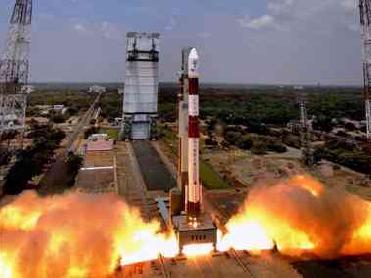 Previous Article
Previous Article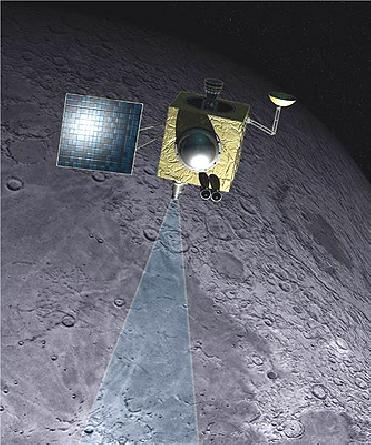 Next Article
Next Article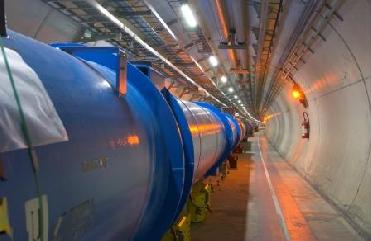
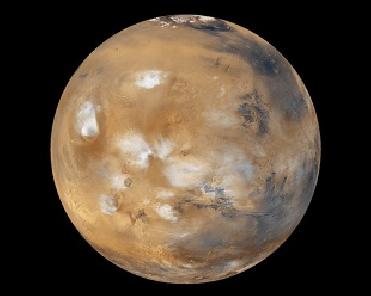
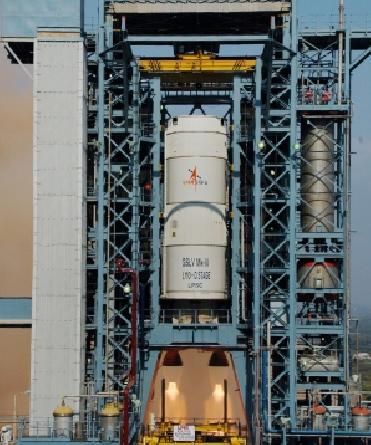










The Indian Air Force, in its flight trials evaluation report submitted before the Defence Ministry l..
view articleAn insight into the Medium Multi-Role Combat Aircraft competition...
view articleSky enthusiasts can now spot the International Space Station (ISS) commanded by Indian-American astr..
view article